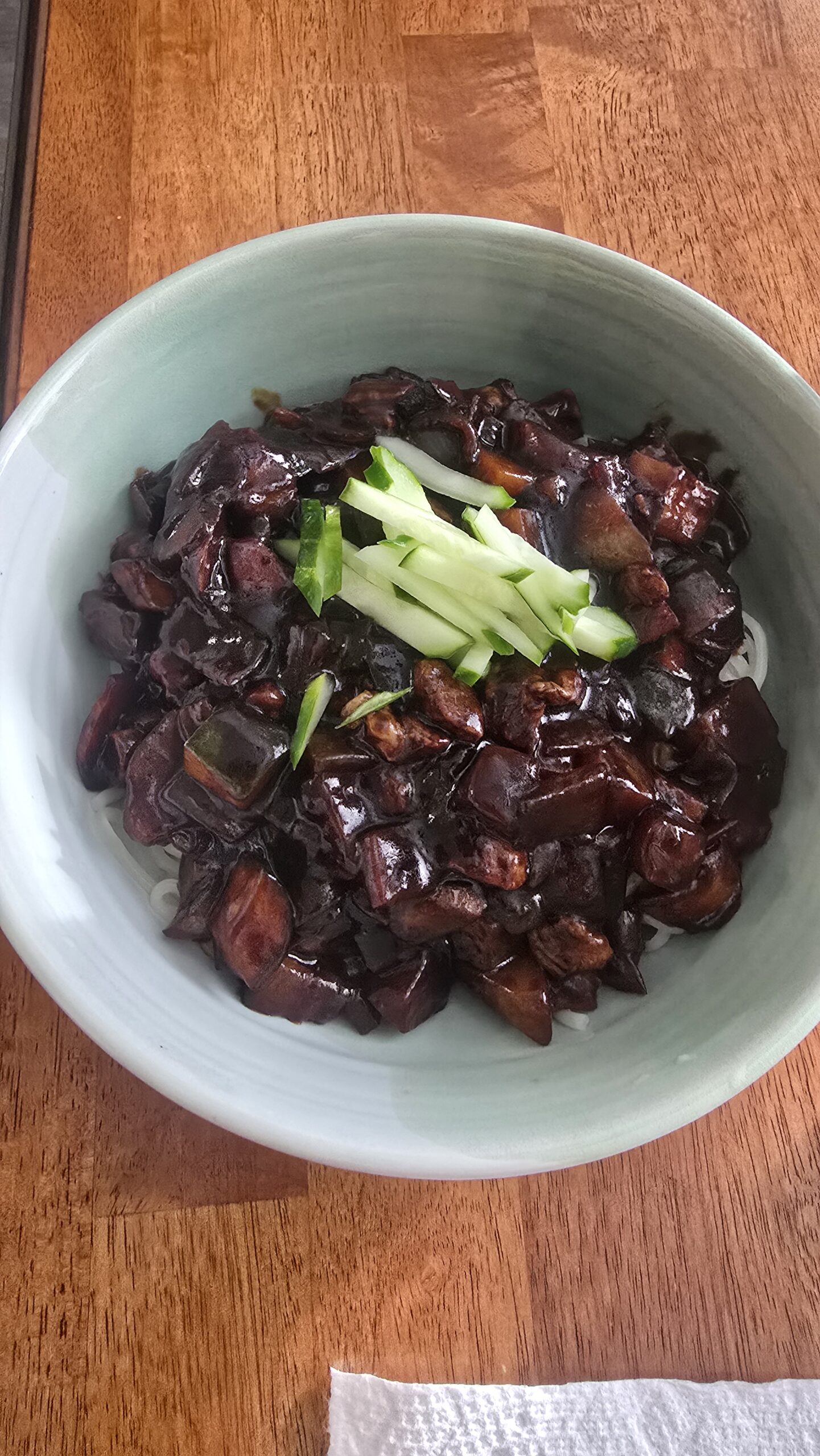Discover the Delight of Jjajangmyeon
Jjajangmyeon, or 짜장면 in Korean, is a beloved noodle dish that highlights the interplay of rich flavors and textures. Originating from Chinese cuisine, this dish has evolved to become a staple in Korean culture since its introduction by Shandong migrants in the late 19th century. The main components of jjajangmyeon include thick wheat noodles topped with a savory sauce made primarily from fermented soybean paste, known as chunjang, along with diced pork and various vegetables. This Korean variant leans towards a darker and sweeter flavor, setting it apart from its Chinese counterpart, zhajiangmian.
The History Behind Jjajangmyeon
The story of jjajangmyeon is tied closely to Korea’s history, particularly its economic landscape post-Japanese occupation. The dish gained popularity in the mid-1950s as vendors began offering it at affordable prices, making it accessible to all. The unique offering at the Gonghwachun restaurant in Incheon is where jjajangmyeon was first popularized, eventually transforming into a dish that symbolizes Korean comfort food. Today, jjajangmyeon is celebrated not only in homes but also in numerous Korean Chinese restaurants, showcasing its ongoing relevance and adaptability in modern Korean cuisine.
Preparing Jjajangmyeon: Ingredients and Serving Suggestions
To create an authentic jjajangmyeon dish, you will need:
- Thick, hand-made or machine-pulled wheat noodles
- Chunjang (fried black bean paste)
- Diced pork (or alternative meats like beef or seafood)
- Common vegetables such as onions, zucchini, or cabbage
- Aromatics including scallions, ginger, and garlic
Once the ingredients are sautéed to perfection, the dish is served steaming hot, often garnished with julienned cucumber or pieces of boiled egg. Many enjoy accompanying their jjajangmyeon with pickled radish, also known as danmuji. This complete culinary experience creates a flavorful and satisfying meal, perfect for both casual dining and special occasions.
